Electrical Code Academy, Inc Blog Master The NEC Friday, December 30, 16 Entrance to and Egress from Working Space Single Entrance Option (C)(2)(a) Greetings Mr Design Engineer, Thank you for submitting your question with regards to the proper application of section (C)(2)(a) as it pertains to establishing a compliant and safe single entrance to and egressARTICLE 110 REQUIREMENTS FOR ELECTRICAL INSTALLATIONS nearly identical, and both contain information that's per tinent to electrical installations This includes mounting heights for things such as receptacles, switches, and ther mostats, as well as limitations on protruding objects like wall sconce luminaires14 Mike Holt's Illustrated Guide to Essential Rules of the National Electrical Code, Based on the 11 NEC Rule 9— Requirements for Electrical Installations (1) Conductors must be sized using the 60°C temperature column of Table (B)(16) (3)Conductors terminating on terminals rated 75°C are sized in

Entrances To And From For Electrical Equipment Rooms And Pages 1 39 Flip Pdf Download Fliphtml5
Nec 110.26 working space
Nec 110.26 working space-NEC Article WORKING SPACE SHALL BE PROVIDED AND MAINTAINED ABOUT ALL ELECTRIC EQUIPMENT LIKELY TO REQUIRE WHILE ENERGIZED WORKING SPACE SHALL BE PROVIDED AND MAINTAINED ABOUT ALL ELECTRIC EQUIPMENT LIKELY TO REQUIRE WHILE ENERGIZED • EXAMINATION · NEC requires working clearance in front of equipment likely to require calibration, testing, or adjustment while energized This means a 30 by 36 inch space (or larger) in front of panels, access panels on HVAC equipment and fused disconnects Does this requirement extend to non



Top101rulesunec 1part 1
Article (A)(2) Specifies that the width of the working space in front of the electrical equipment shall be the width of the equipment or 30 in (762 mm), whichever is greater The goal, obviously, is to prevent a worker from being unduly crowded when testing or maintaining equipment The width of the working space is a factor1304 · If you have a room that meets the above requirements, (C)(2) states that these electrical rooms must have an entrance/egress that is at least 24 inches wide and 65 feet tall at EACH end of the working space Working space requirements appear in Table (A)(1) Another addition appearing in here is that the equipment doors mustThere was one simple sentence added to Sec (C) (2), which states " Open equipment doors shall not impede the entry to or egress from the
Reference National Electrical Code (NEC) Table (A)(1)) Condition 1—Exposed live parts on one side of the working space and no live or grounded parts, including concrete, brick, or tile walls are on the other side of the working space Condition 2—Exposed live parts on one side of the working space and grounded parts, including concrete, brick, or tile walls are on the other sideAnswer No The National Electrical Code Section (A) Working Space states in part, "Working space for equipment operating at 600 volts, nominal, or less to ground and likely to require examination, adjustment, servicing, or maintenance while energized" · Working space for equipment shall be provided and maintained per subsection (A) to permit ready and safe operation of such equipment The placement of bollards within working space, even if they are removable is prohibited, since they don't permit ready access to the equipment Back to Top Section 1102(B) (8/3/17)
NEC Table , updated from 600 V to 1000 V in 17 Minimum clearances are established for work spaces in front of high voltage electrical equipment such as switchboards, control panels, switches, circuit breakers, switchgear and motor controllers These distances indicate space that must be clear to the floorThe wording of the article (and the commentary in the NEC Handbook) definitely seems to suggest that vfd's require working space However, the electrical inspector is allowing them to be buried behind the motors and pumps "Examining, adjusting, serving, and maintaining" these "controls" for "heatingAs stated in , access and working space shall be provided and maintained about all electrical equipment to permit ready and safe operation and maintenance of the equipment This is a general requirement saying access and working space must be provided and maintained, but it does not specify how much space has to be provided



Requirements For Electrical Installations Pdf Free Download
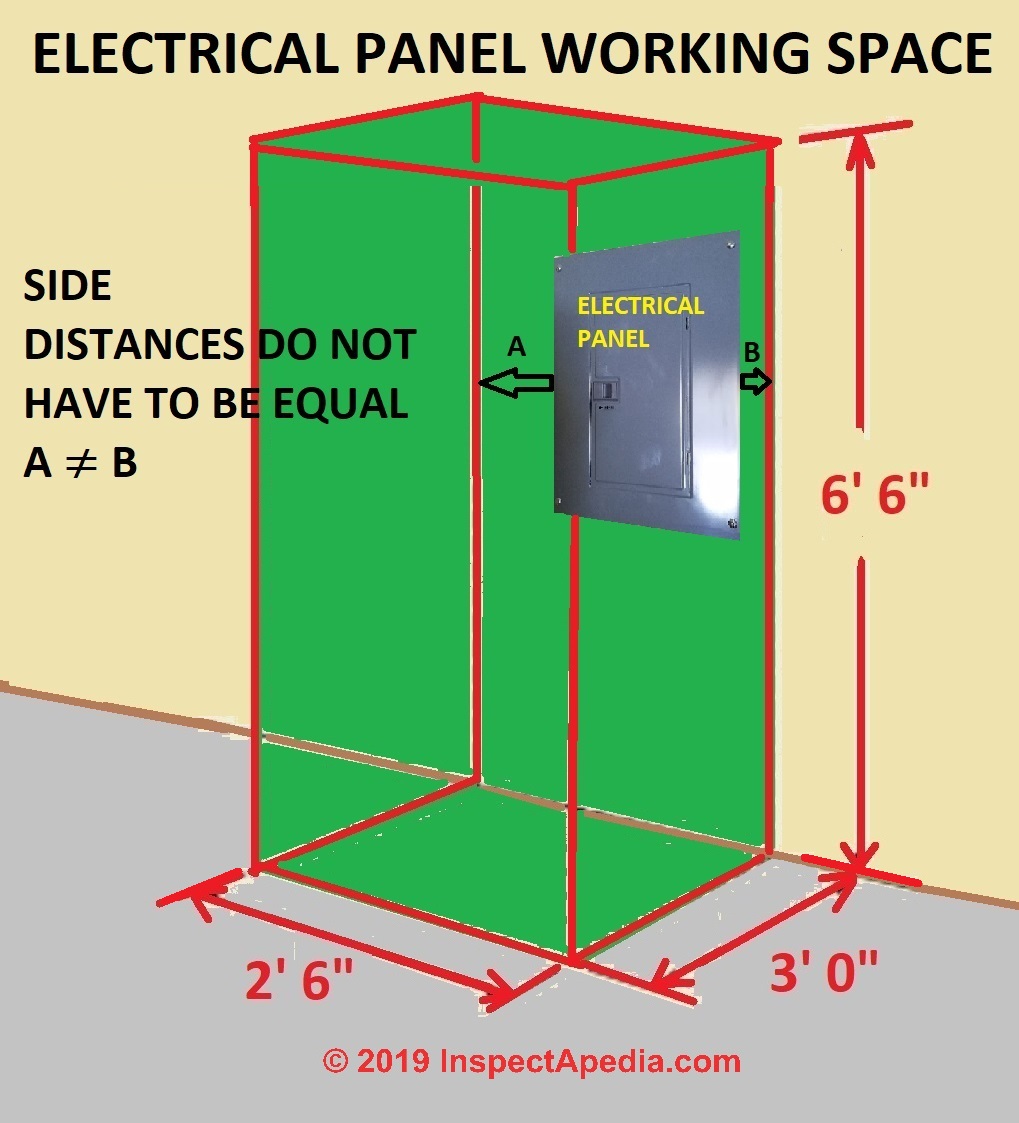


Electrical Panel Equipment Working Space Clearance Distances U S Nec Article 110 26
Industrial control panels (NEC For the depth of the working space we will again refer to Table (A)(1) and base it on the voltage to ground and the conditions specified to determine the distance required, and all enclosure doors or hinged panels must be able to open at least 90 degrees The last sentence tells us that a horizontal ceiling structural member or access panel · Notice the second option (C)(2)(b), known as the double working clearance option, you double the working space clearance as expressed in (A)(1), you maintain no less than the prescribed working space clearance as defined in section (A)(1) from the nearest edge of the electrical equipment to the entrance This double the working clearance andWorking space required by (A) is doubled see Table (A)(1) for permitted dimensions of X Where the entrance(s) to the working space is through a door, each door must comply with the requirements for swinging open in the direction of egress and have door opening hardware that does not require turning a door knob or similar action that may preclude quick exit from the area


2 0 1 7 N E C T A B L E 1 1 0 2 6 A Zonealarm Results



Nec Working Space Page 1 Line 17qq Com
· I assume that NEC (A) (Working Space) wasn't always part of the electrical code We have a building in our facility that was built in the 1940's that doesn't have 3' clearance in front of some panels Does anyone know when the present 'working space' requirements wereIn the 17 NEC, the basic rule in Section (C) (2) required an entry/exit at each end of the working space for large equipment when both of the following two circumstances were present Electrical equipment was rated 10 amps or more and · Code Violation NEC (A) 3 Height of Working Space Has to be 65 feet minimum or at least as high as the equipment "The work space shall be clear and extend from the grade, floor, or platform to a height of m (61/2 ft) or the height of the equipment" NATIONAL ELECTRICAL CODE, 14 Edition Russ LeBlanc, NEC Consultant s , National Electrical Code, NEC



Top101rulesunec 1part 1



General Installation Requirements Part Xxxv Article 110 Electrical Contractor Magazine
Height of working space around electrical equipment NEC (A) (3) For installations built before August 13, 07, the height of the working space must be 625 ft For installations built on or after August 13, 07, the height must be at least 65 ft from the floor, grade, or platform It can't be lower than the height of the equipmentThe requirements for working space are primarily contained in NEC Articles (for low voltage) and (for high voltage) Since the two sections are mostly similar, we will consolidate our discussion The NEC uses the expression "clear distance," which means that the working space cannot be used for other purposes, such as storage When a person needs to work on theAnalysis Section (A)(3) describes the height of the working space and allows for electrical equipment to intrude into the working space for a maximum depth of 6" This can often be seen in equipment rooms that have a wireway protruding outward above or below a panelboard The Code has long been silent on the issue of support structures beneath equipment, such as transformers or switchboards, that protrude into the work space The NEC
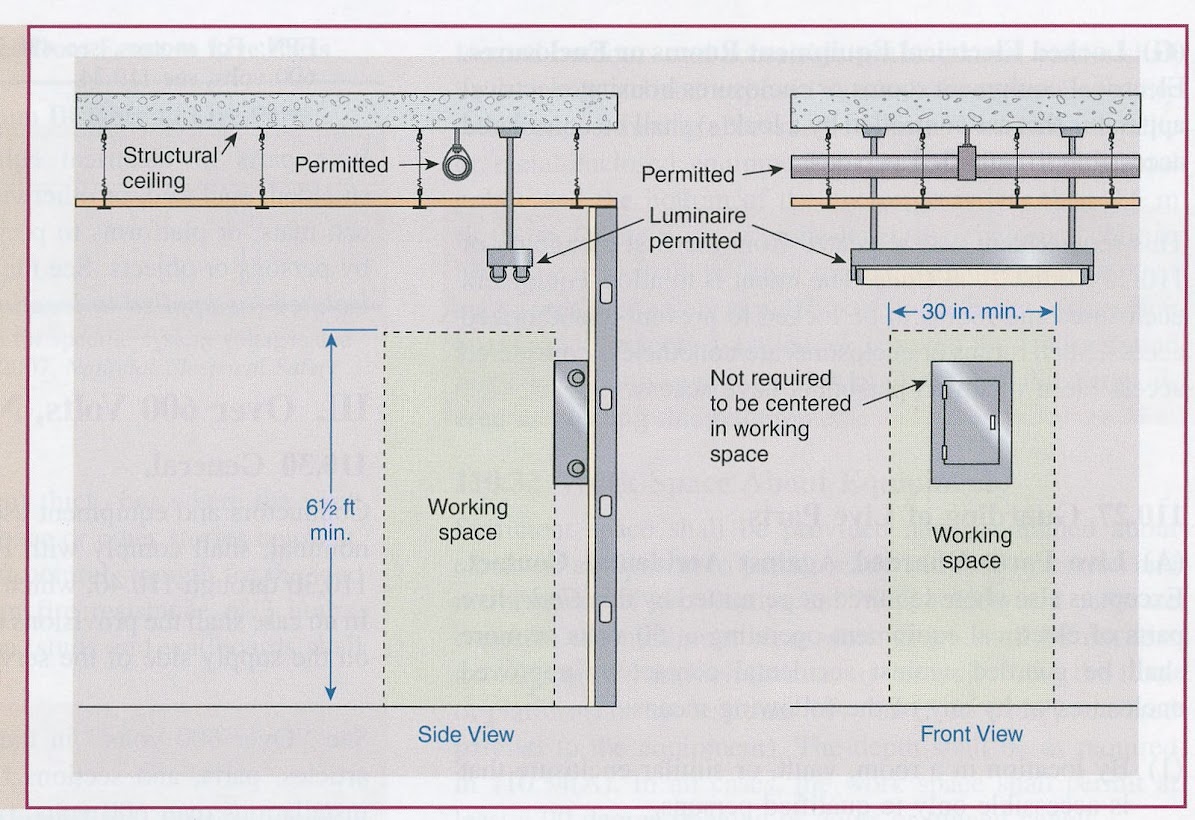


Working Spaces Someone Help Mike Holt S Forum


Wsr 17 12 021 Permanent Rules Department Of Labor And Industries Filed May 30 17 11 46 A M Effective July 1 17 Effective Date Of Rule July 1 17 Purpose The Department Is Adopting New Safety Code Requirements From The
· For example, minimum NEC workspace clearances would allow 1000Vdc inverters to be mounted on a wall with no space between them (provided the enclosure door opens 90 degrees), and there is sufficient width (30") to stand in front in the equipment, sufficient headroom (61/2'), and sufficient depth of working space (between 3' and 5' depending on the Condition)(f)(1)(a) The dedicated space above equipment is now defined as a space extending from the floor to a height of 6 feet above the equipment or to the structural ceiling whichever is lowerNo piping, ducts, or equipment foreign to the electrical installation shall be installed in this spaceNEC (A) (2) states that "the width of the working space in front of the electrical equipment shall be the width of the equipment or 762 mm (30 in), whichever is greater" In addition, this work space shall permit at least a 90degree opening of the panelboard door



How Can I Frame Around A Service Panel In The Corner Of The Room And Maintain Clearance Home Improvement Stack Exchange
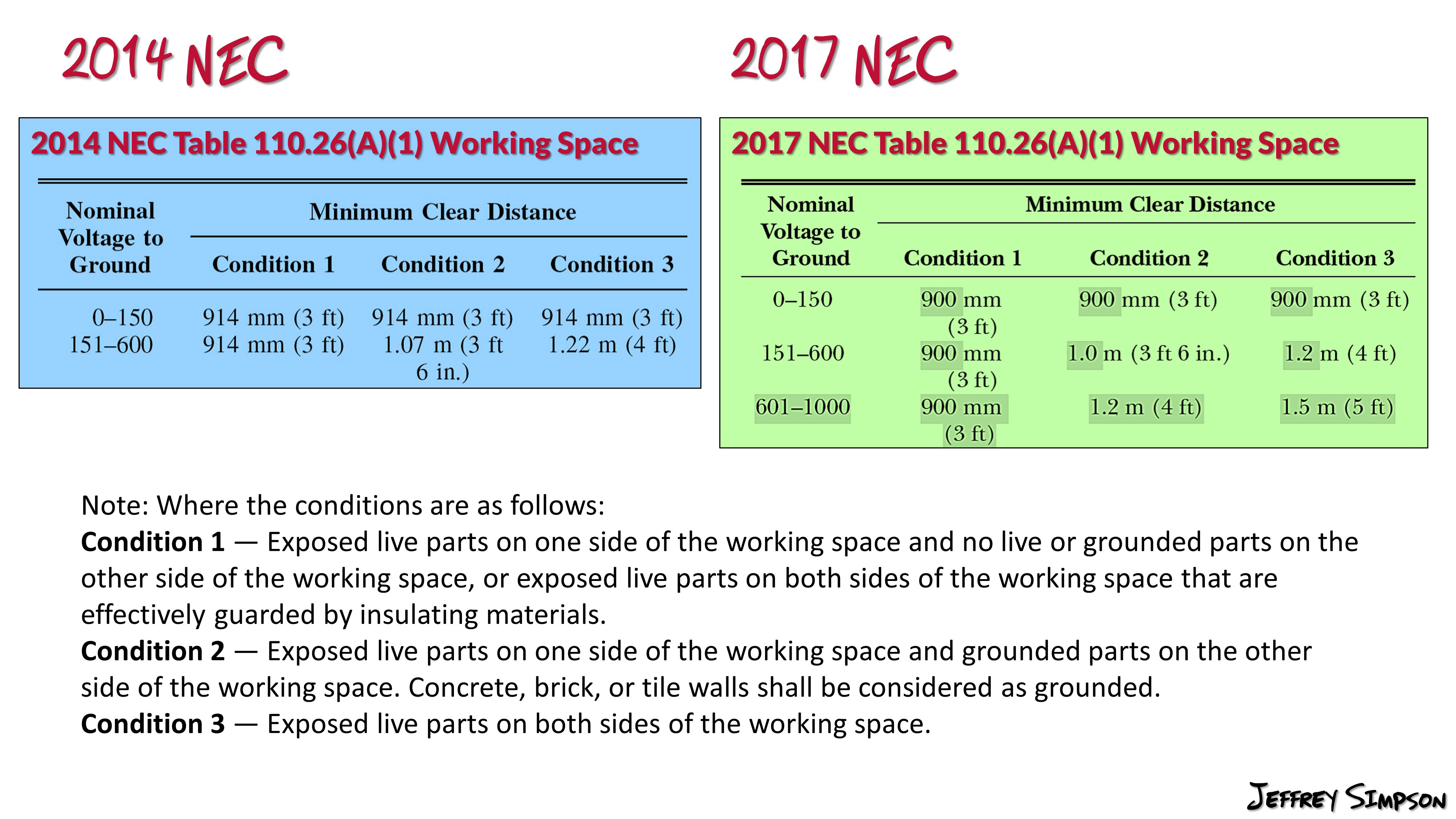


Table 110 26 A 1 Working Spaces
Article (A)(2)—Specifies that the width of the working space in front of the electrical equipment shall be the width of the equipment or 30 inches (762 mm), whichever is greater The goal is to prevent a worker from being unduly crowded when testing or maintaining equipment The width of the working space is a factor regarding worker0019 · In my opinion this setup would meet the requirements of (C)(1) and (C)(2), but not (C)(3) (C)(3) requires that "Where equipment rated 800A or moreand there is a personnel doorthe door shall open in the direction of egress and be equipped with listed panic hardware" · Yes, ,the working space requirement will indeed apply to this piece of electrical equipment per NEC (A) 11 (A) (A) Working Space Working space for equipment operating at 600 volts, nominal, or less to ground and likely to require examination, adjustment, servicing, or maintenance while energized shall comply with the dimensions of (A)(1),


Dedicated Equipment Space 110 26 E 1 Electrician Talk



Entrances To And From Electrical Equipment Rooms Pdf Free Download
NEC Requires access and working space be provided about all electrical equipment to permit ready and safe operation and maintenance of such equipment Our current staff consensus and State historical position is that a removable barrier meets the intent of the requirement in NEC We would not approve or accept a removable barrier that requires the use of tools toHowever, the language in and (A) needs special evaluation and careful consideration when working onWorking Space Clearance is dependent on parameters listed in Article for electrical equipment under 1000 Volts In designing electrical equipment under 1000 volts, the Working Space Width is 30 inches, the Working Space Height is 78 inches and Working Space Depth is based on conditions and voltages listed in Table (A)(1) In all cases, a hinged panel door
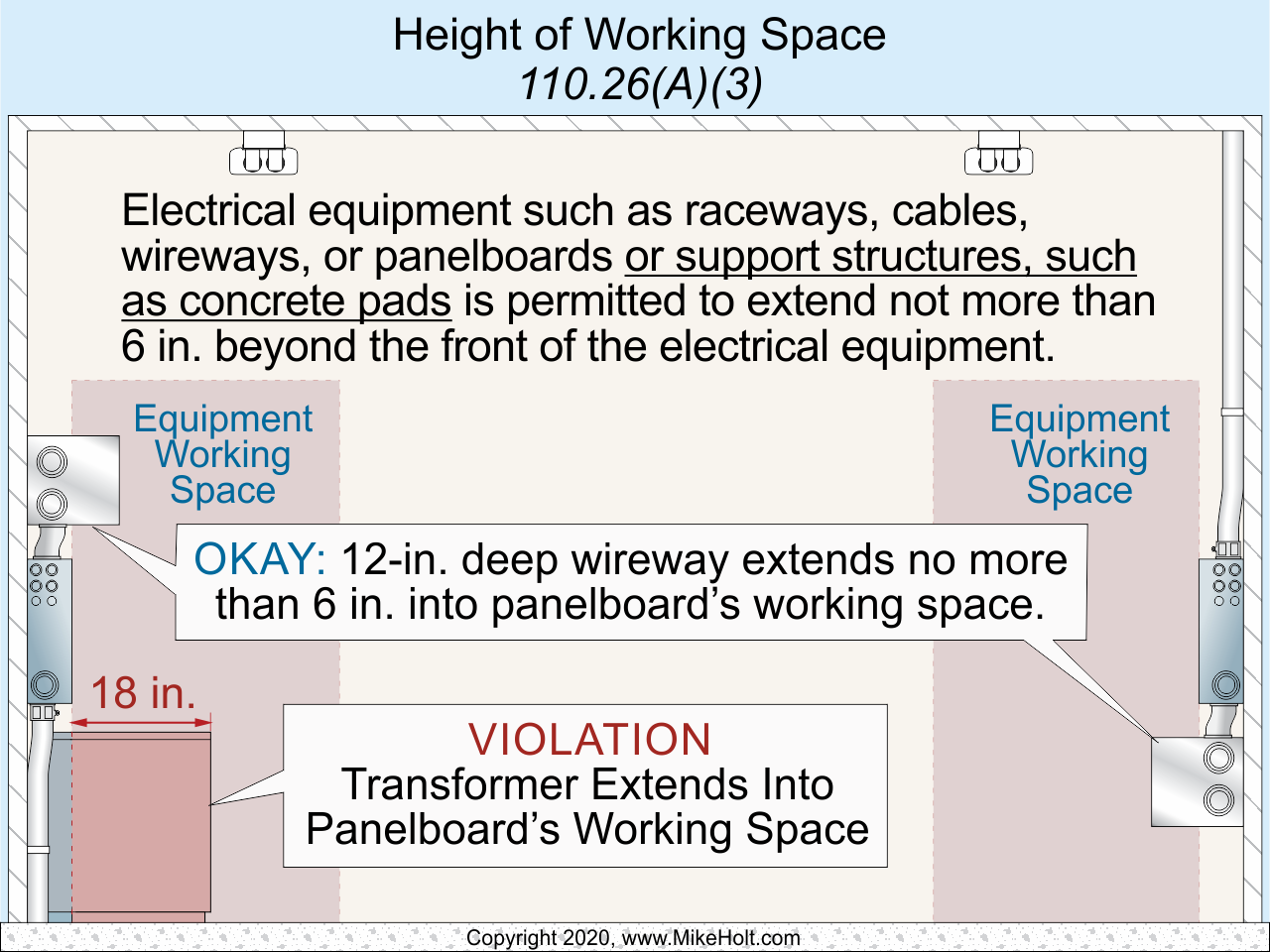


General Requirements Of The Nec Ec M
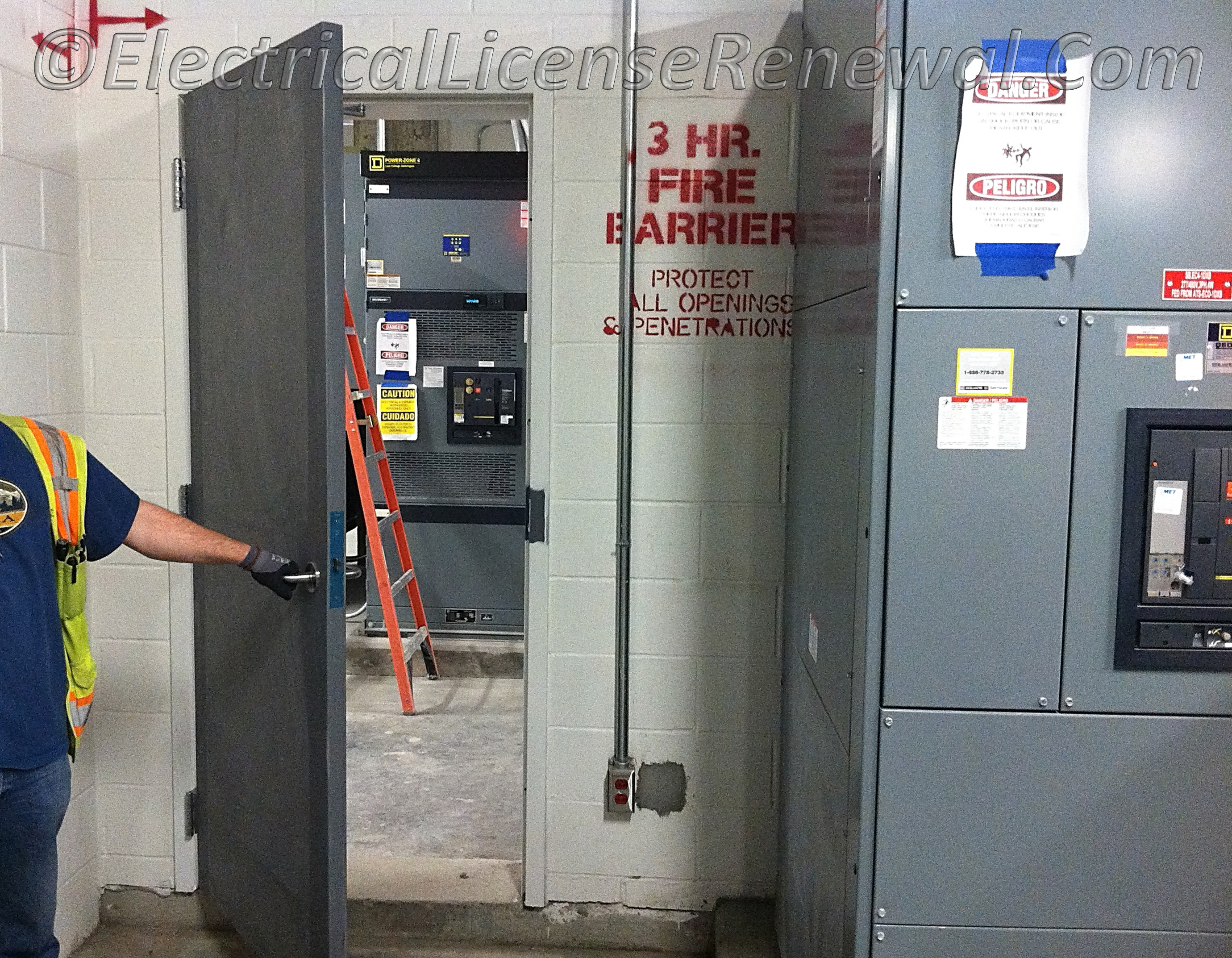


110 26 C 3 Entrance To And Egress From Working Space Personnel Doors
· The minimum width of the working space is 30 in or the width of the equipment, whichever is greater, and all doors or panels must be able to open to 90 degrees or more This is the same as the general requirement found in (A)(2)Spaces about the ESS shall comply with NEC Working space shall be measured from the edge of the ESS modules, battery cabinets, racks, or trays, (NEC (C)) • For battery racks, there shall be a minimum clearance of 1 inch between a cell container and any wall or structure on the side not requiring access for maintenance • ESS modules, battery cabinets, racks, or trays · My water softener is 10" too close to the disconnect (Square D nonfused) if I apply a strict interpretation of NEC 30" side working space and I'm wondering if I need to worry about possibly having to move the softener before the condenser is installed and before inspector comes out After reading about this more on the forums, I realized my disconnect is protected by



Spaces About Electrical Equipment Nec Violation Example Carelient



Working Space For Electrical Equipment Iaei Magazine
There are also several other location considerations The panel must have a clear working space in front of it that is 25 feet (30") wide, 3 feet (36") deep, and 65 feet (78") high NEC (A)(1&2) The 25 foot width in front of the panel does not have to be centered Also, storage is not allowed in the required working space, per(E) is the space outlined by the width and the depth of the equipment (the footprint) and extending from the floor to 6 feet above the equipment orListen to this PODCAST where Paul Abernathy walks you through all the Working Space and Dedicated Equipment Space Requirements for the National E



General Installation Requirements Part Xxxvii Article 110 Electrical Contractor Magazine



Nec 110 26
NEC article (A) (1) condition 3 states that exposed live parts on both sides of the working space require minimum clear distance of 4ft NEC does not explain the dead front panel working space requirements between panels Under all circumstances, there are no live parts exposed to persons entering the electrical roomWorking Space About Electrical Equipment, NEC 14 , (23minsec) YouTube Working Space About Electrical Equipment, NEC 14 , (23minsec) Watch later Share Copy link InfoDoes (A) apply to variable frequency drives controlling hvac related pumps?
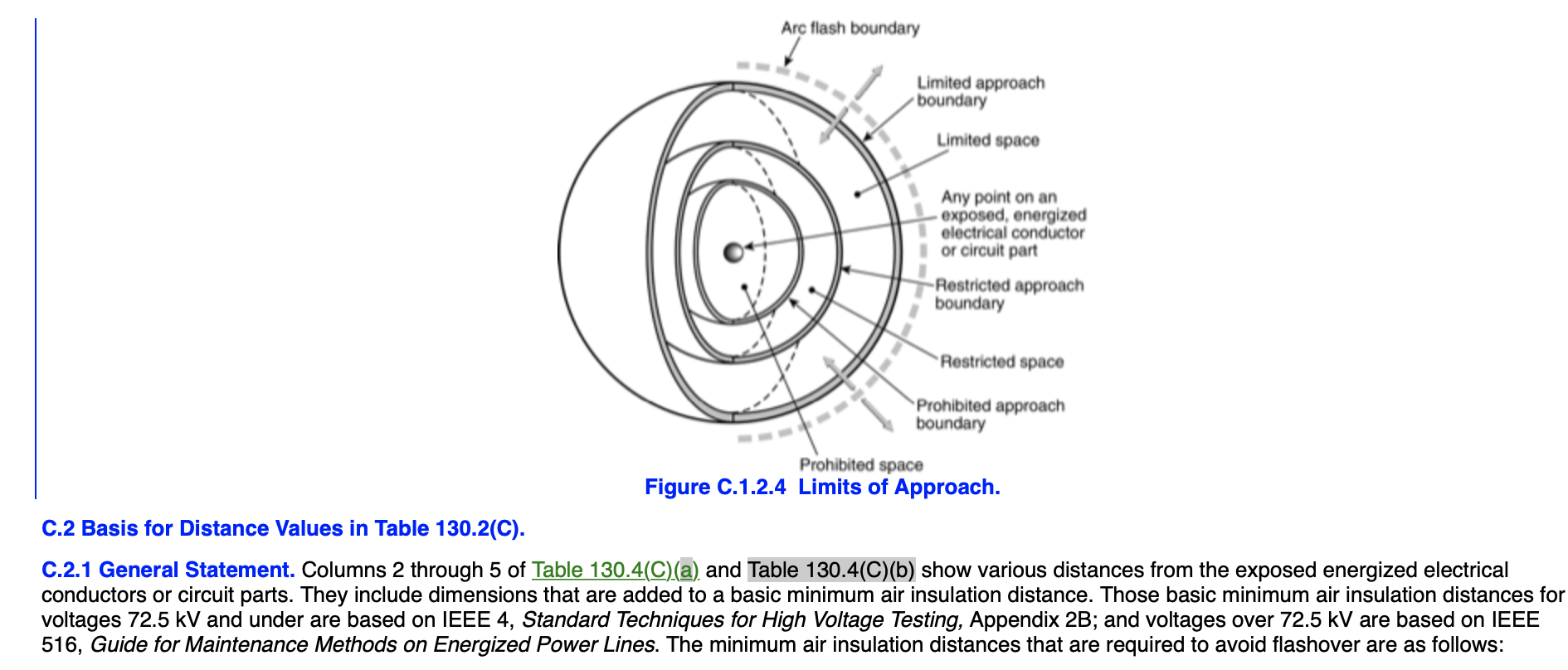


Electrical Safety Limits Of Approach 70e Phoenix Arizona


Seips Tech Tips Workspace Clearances For Solar Pv Systems Sei Professional Services
· Question Is working clearance in accordance with NEC Section (A) required for dry type transformers?If you read Section (NEC05) you will observe that the disconnecting means requires a minimum amount of working space The working space is defined in all three dimensions depth, width, and height Some of the working space requirements found in SectionAlso, storage is not allowed in the required working space, per NEC (B), the panel door must swing open a minimum of 90º, per NEC (A)(2), a panel cannot be located in a clothes closet, bathroom, or on stairs, per NEC (D,E,F), and the area in front of the panel must be illuminated, per (D)



General Installation Requirements Part Xxxiii Electrical Contractor Magazine



Working Space For Electrical Equipment Iaei Magazine
The requirements in (A) (1) through (A) (3) of the National Electrical Code (NEC) deal with Code prescribed "working space" at electrical equipment—requirements that in most instances are considered by designers, installers and inspectors as eyeball situations; · NEC applies to electrical equipment operating at 600 volts or less The primary requirement is that both access and working space must be provided and maintained for all electrical equipment (Photo 1) This is to allow for ready and safe operation and maintenance of the equipment Photo 1 Code violation of The definition of equipment in the NEC is "a



Wjkkyrv5ikbi5m
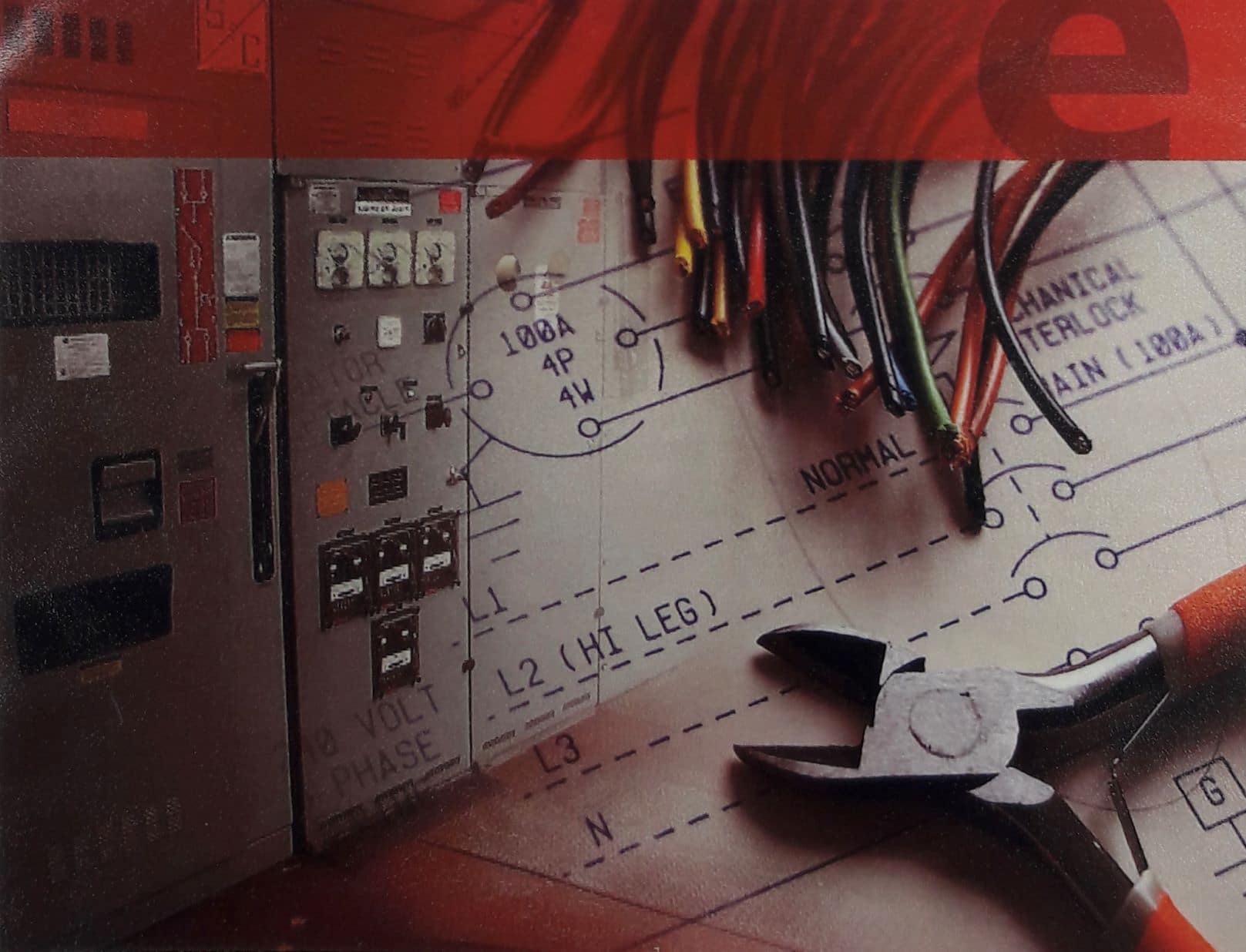


Nec Changes Part 2 Space In Electrical Rooms And Panic Hardware



Entrances To And From For Electrical Equipment Rooms And Pages 1 39 Flip Pdf Download Fliphtml5



Entrances To And From For Electrical Equipment Rooms And Pages 1 39 Flip Pdf Download Fliphtml5


Wsr 17 12 021 Permanent Rules Department Of Labor And Industries Filed May 30 17 11 46 A M Effective July 1 17 Effective Date Of Rule July 1 17 Purpose The Department Is Adopting New Safety Code Requirements From The



National Electrical Code Nec United States Article 680 Requirements For Swimming Pools Spas Hot Tubs Fountains And Similar Installations Manualzz


New Location For Main Panel Diy Home Improvement Forum


Subpanel Working Clearance Contractor Talk Professional Construction And Remodeling Forum



National Electrical Code Changes Article 90 And 100 Podcast Youtube



Sample Pages



General Installation Requirements Part Xxxv Article 110 Electrical Contractor Magazine



Entrances To And From Electrical Equipment Rooms Pdf Free Download
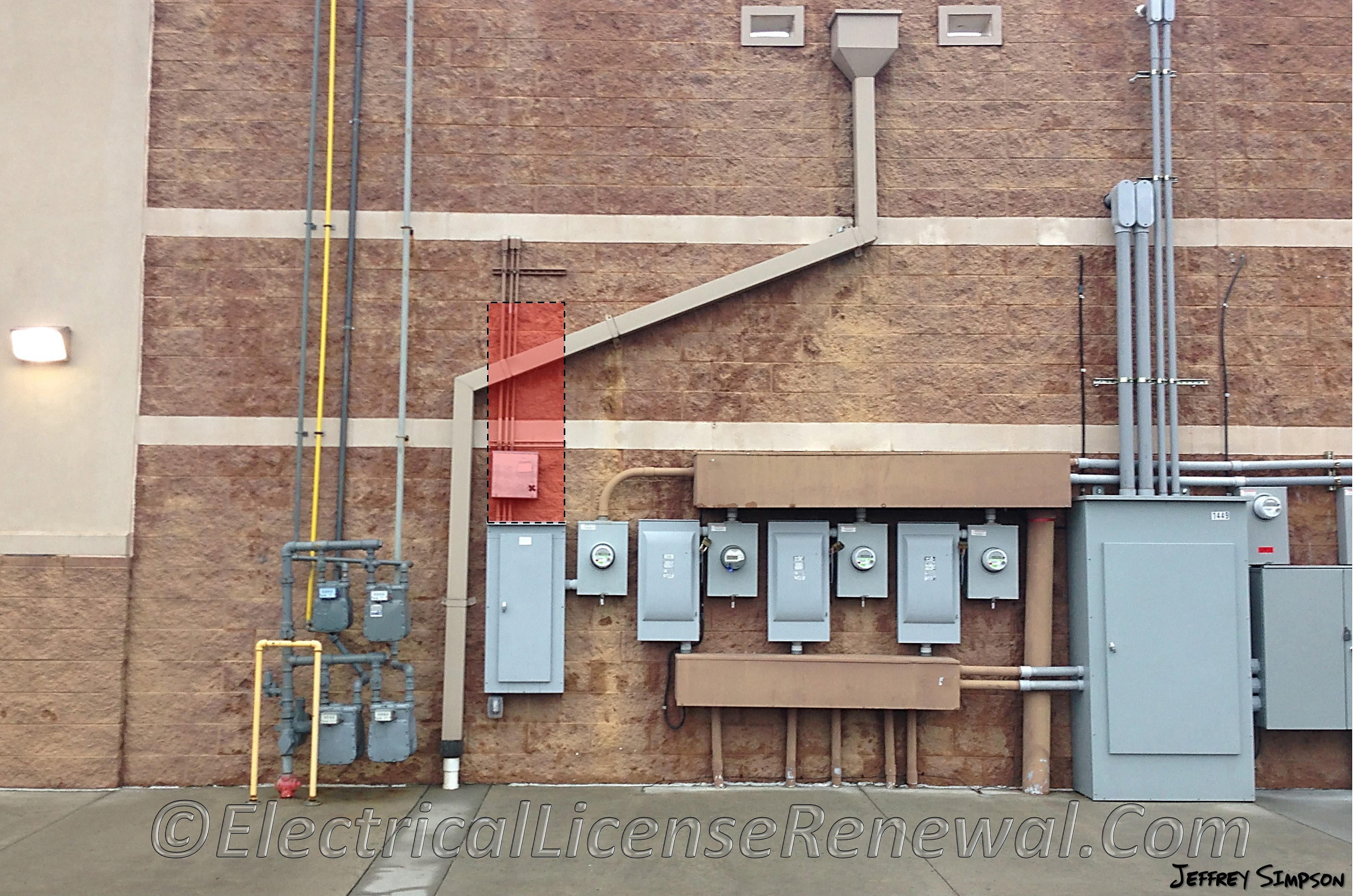


110 26 E 2 Dedicated Equipment Space Outdoors



Nec Working Clearance Youtube
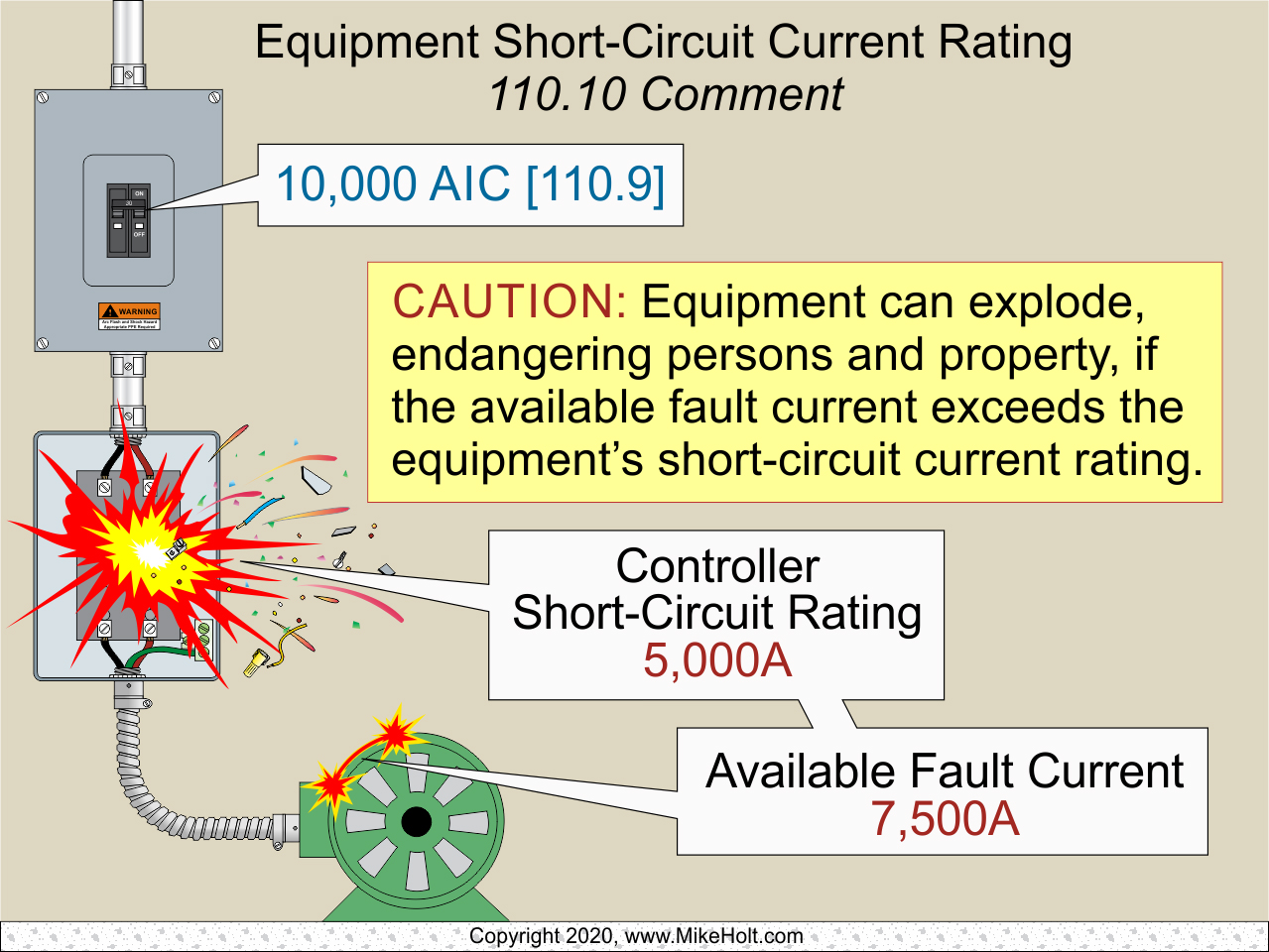


General Requirements Of The Nec Ec M
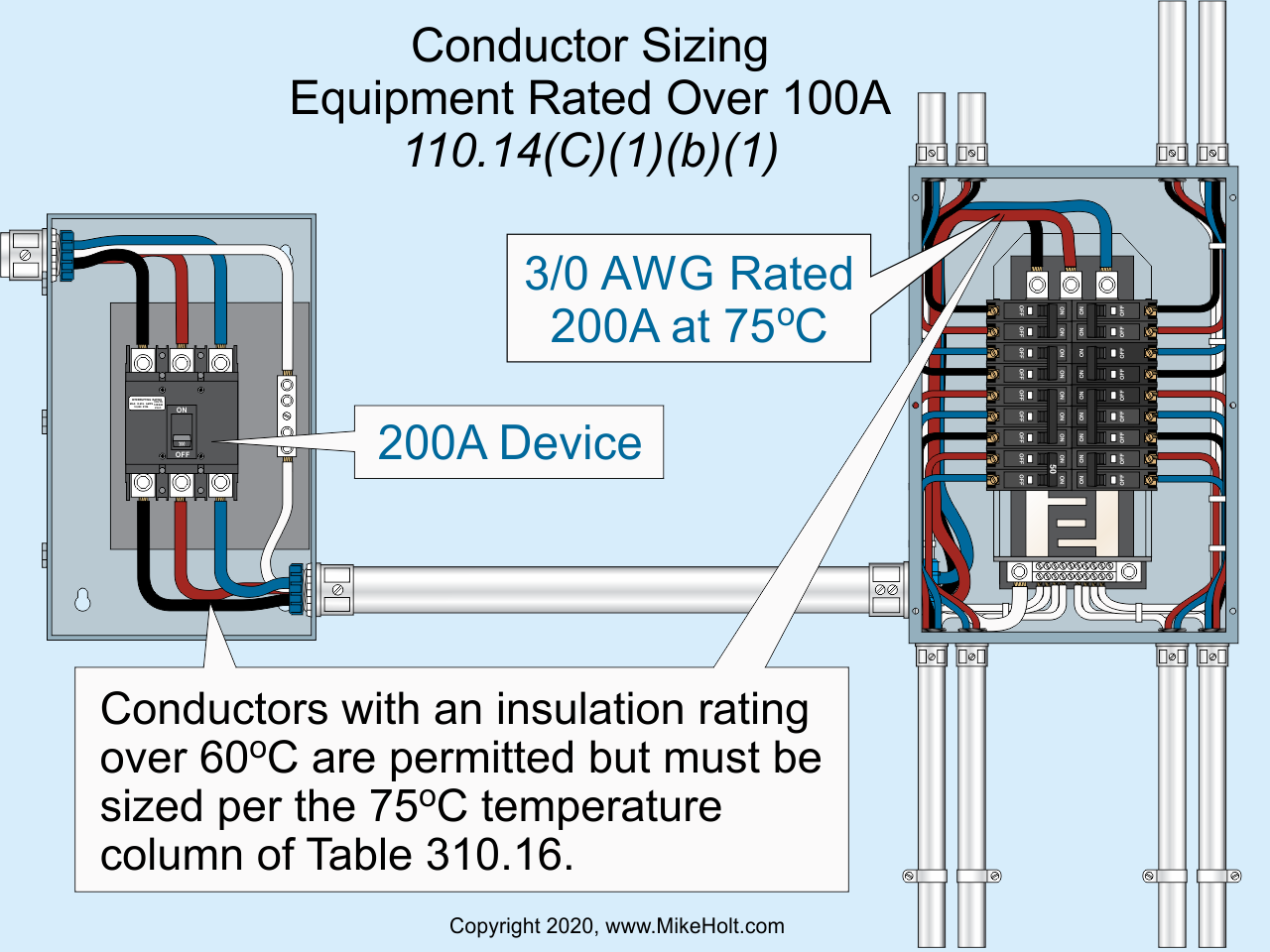


General Requirements Of The Nec Ec M
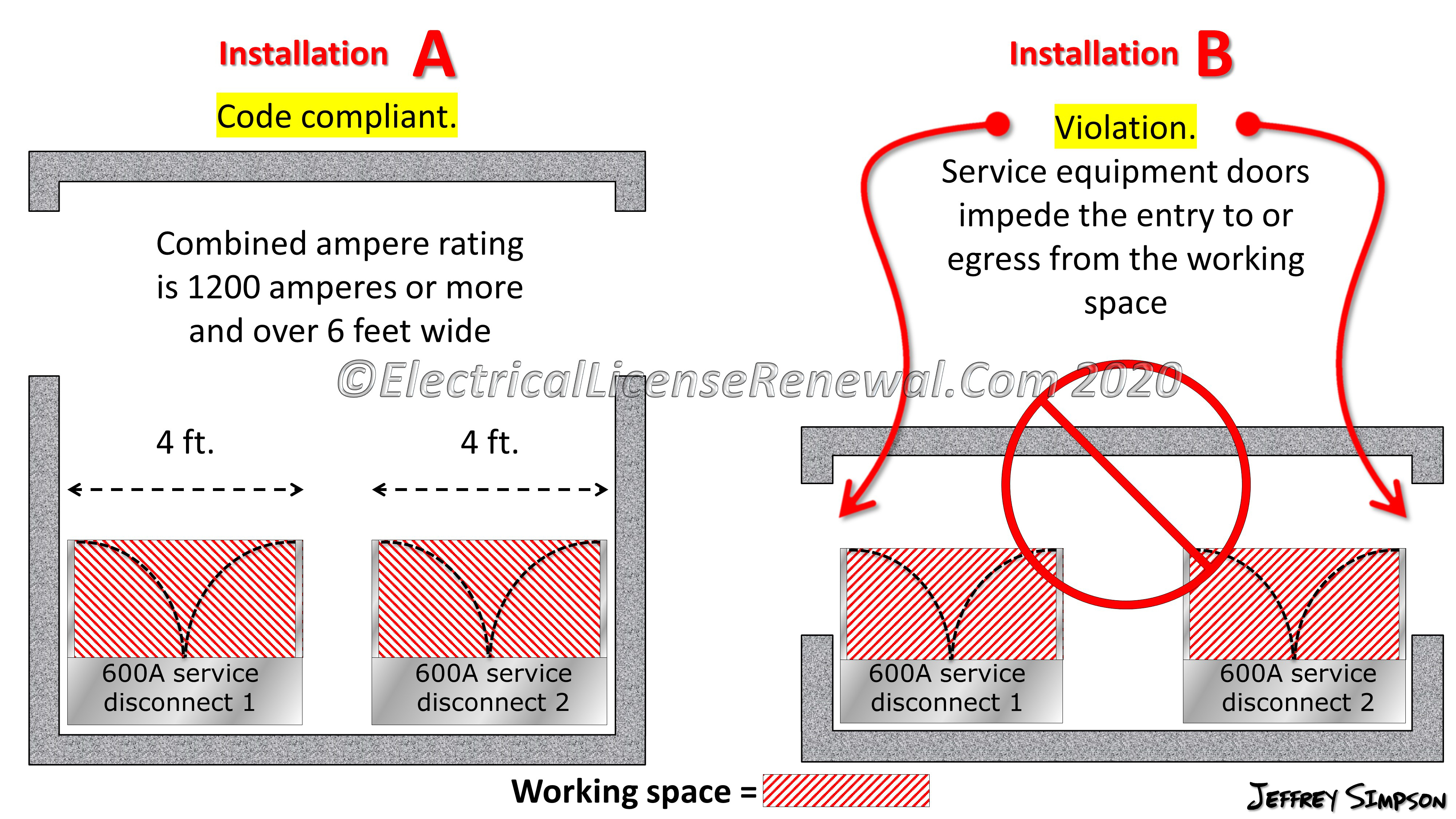


110 26 C 2 Large Equipment


Nec Article 6 11 50 15 54 Asme A17 Series Of Elevators Escalator Standards



Working Space For Electrical Equipment Iaei Magazine



Nec 110 26 Clearance Page 1 Line 17qq Com
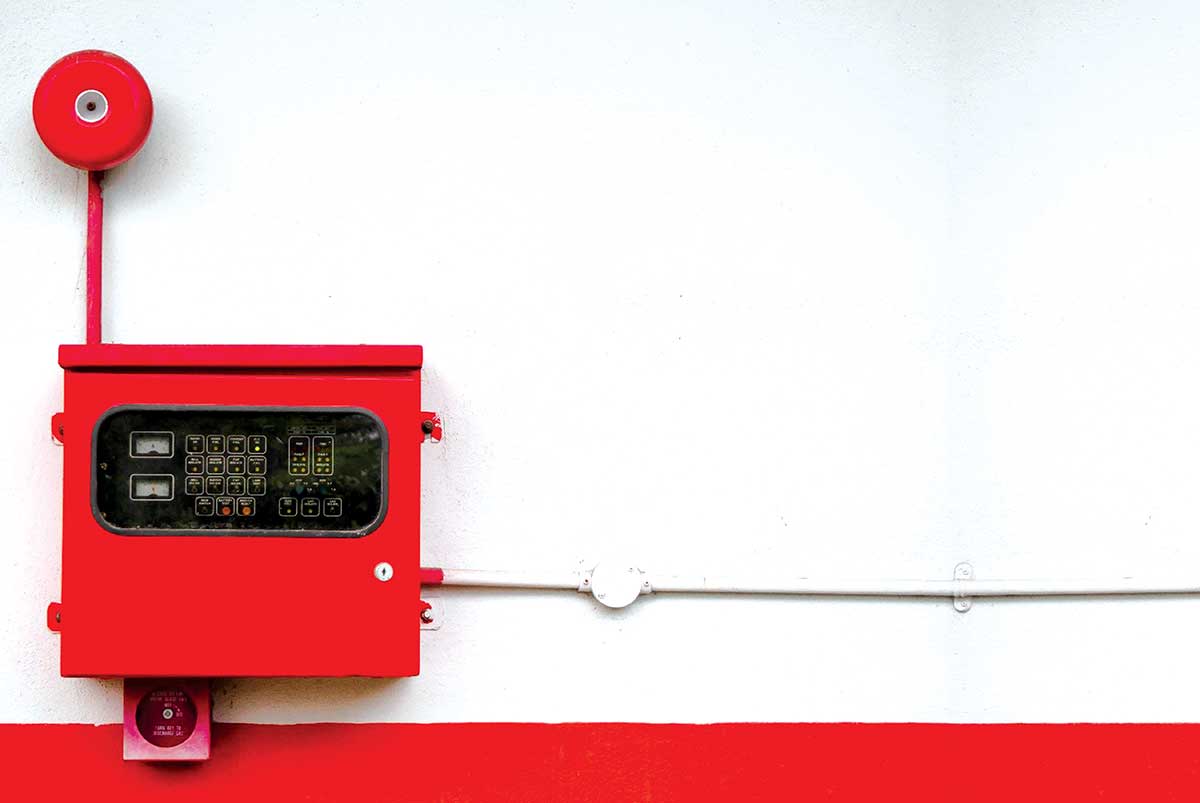


Understanding Fire Alarm Systems Iaei Magazine
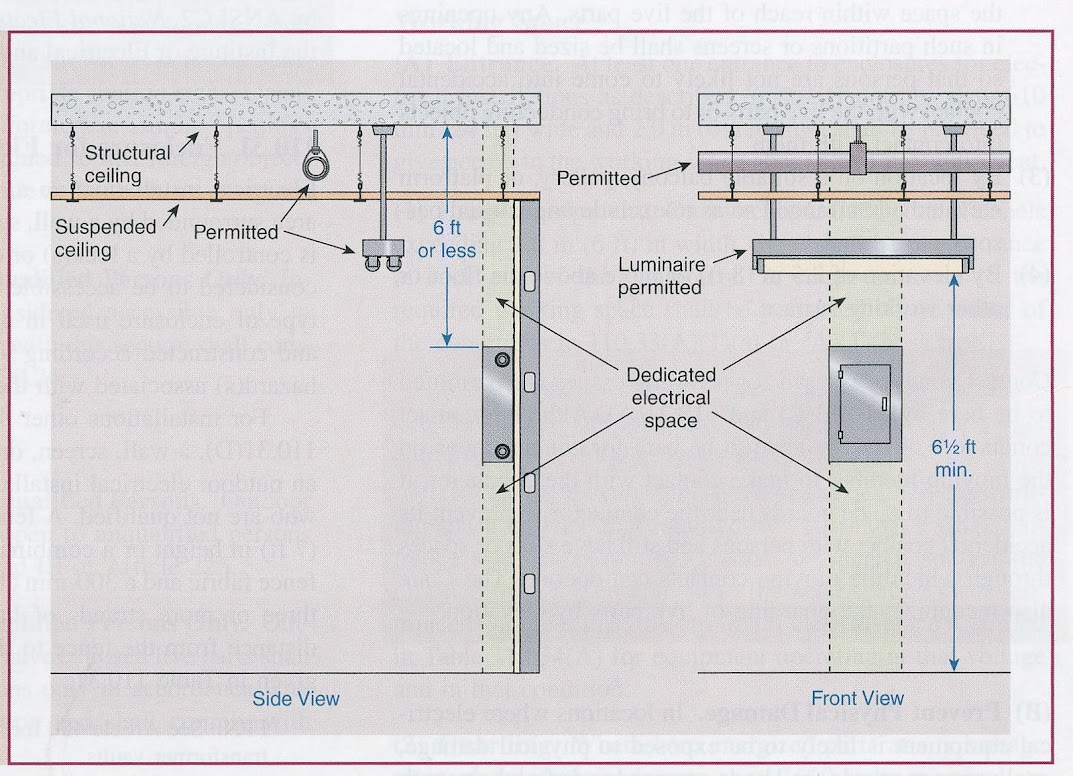


Inspectionnews Home Inspection



General Installation Requirements Part Xxii Electrical Contractor Magazine
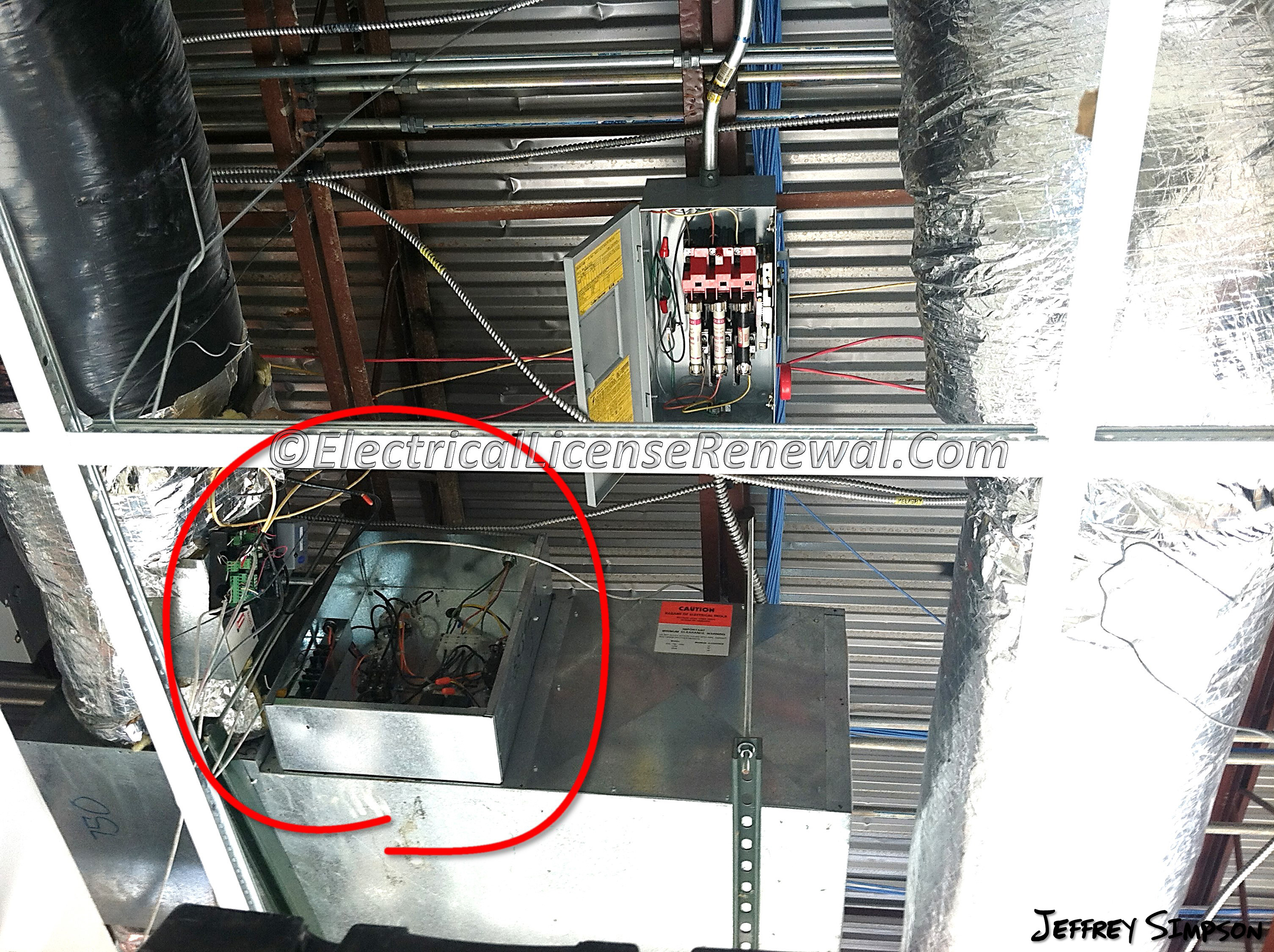


110 26 A 4 Limited Access
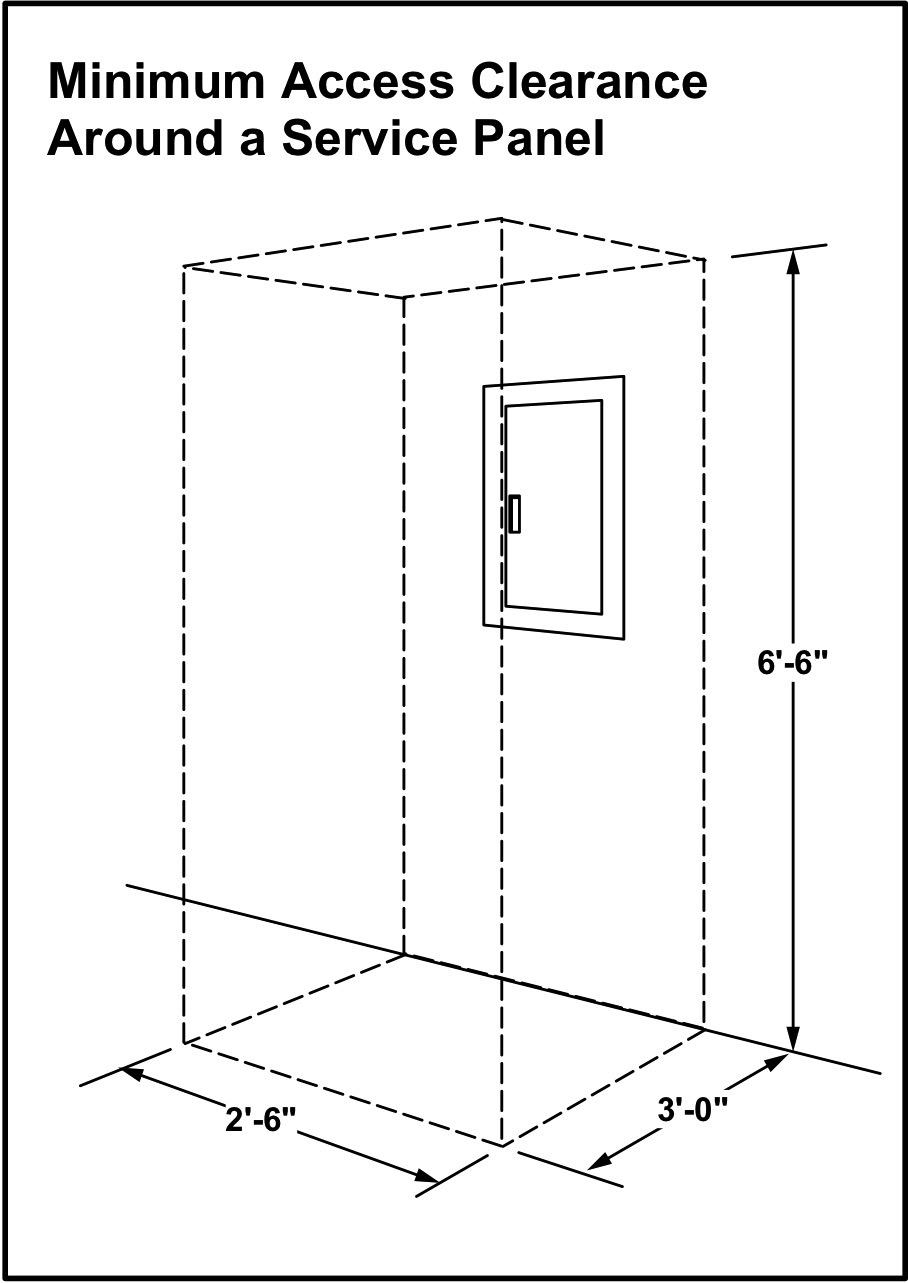


When Did The Requirement For Clearance In Front Of An Electrical Panel Become Code



A Look At The Latest 17 Nec Code Changes Us Electrical Services Inc
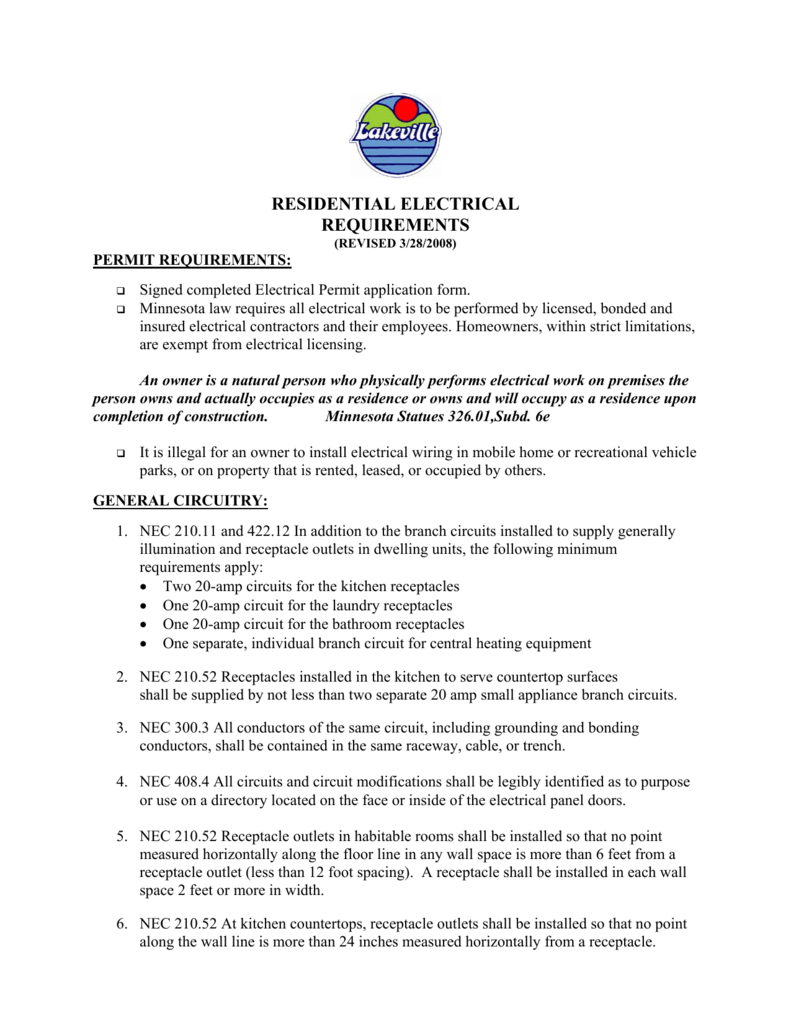


Residential Electrical Requirements



Working Space For Electrical Equipment Iaei Magazine



Safety Clearance Recommendations For Electrical Panel Door Electrical Components



0 件のコメント:
コメントを投稿